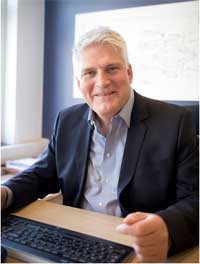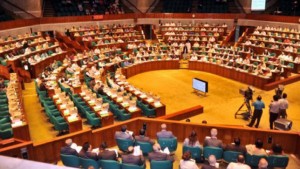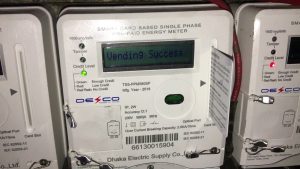By Nils Røkke
Increase investments
We can
Europe can take the lead by investing in research and reviewing regulations, making sustainability a competitive advantage. The public and the private sector need to work together to quickly prototype technologies and then scale the pilots.
This requires research and innovation incentives. To show the effect of these approaches, I would like to point out a few concrete examples.
To increase investments in research in Europe, research institutes, the public
Simultaneously the public and the private sector need to plan, work and evaluate projects like real partners. I am certain that this will incentivize and accelerate climate-friendly and market-worthy businesses and ideas.
One example of an effective public-private partnership is the Norwegian government’s support of research facilities for carbon capture and storage at multiple locations for multiple industries. This includes Norcem’s cement plant in Breivik and the recycling of energy from a waste incineration plant at Klementsrud in Oslo.
Leveraging public-private partnerships
The Norwegian government has understood that to balance its national carbon budget, the public sector needs to support private industry. Proof that this approach works is the first full-scale carbon capture and storage (CCS) solution to be implemented at a cement factory, in Brevik, Norway.
Regulating change
At the same time, countries can regulate to ensure that sustainable operations become a competitive advantage and that sustainable technologies
Requiring companies to pay for their emissions incentivizes them to find the most innovative and effective ways to reduce their emissions. The companies that can reduce emissions in the most cost-effective way will
Regulations are also an incredibly efficient way to affect consumer and market
Electric vehicles are exempt from many taxes and fees in Norway, which makes them very appealing when compared to vehicles with internal combustion engines. All of these incentives have made a significant impact on consumers adopting electric vehicles.
In March 2019 Norway actually became the first country in the world to sell more electric vehicles than internal combustion vehicles.
Incentivising energy research
Increasing funds for energy research and affecting
Each country must
The Mission Innovation initiative aims to double the investment into clean energy to trigger more investment from the private sector. After all, public money cannot solve this challenge alone.
Countries need to work together. At EERA, we work hard to ensure that we facilitate cooperation to the greatest possible extent. One concrete project I would like to draw attention to is the Joint Programme for Concentrated Solar Power (JP CSP).
Fostering knowledge and technology transfer from advanced European research to the most promising areas for solar thermal energy is the key aim of the international cooperation strategy of the program.
Within the framework of the EU funded Integrated Research Programme STAGE-STE, the JP CSP has successfully integrated partners from four continents – from Australia to Chile, Brazil, Mexico, India, China, as well as from MENA countries like Libya, Morocco and Saudi Arabia – in its research community, gathering all the key research institutions working on CSP and solar thermal energy.
The EU can always do more. One concrete recommendation I would like to give as Executive Vice President of Sustainability at SINTEF and Chair of EERA is to increase the budget for the next Horizon Europe research program. The initial suggestion of 100 billion EUR should instead be expanded to 120 billion.
We need the budgetary room so that we can fully pursue the ideas that make the most sense. Also, we need to be sure that the research we do fully permeates
There are many solutions and technologies that are required to generate
Technology can keep us in the race to prevent global warming, jobs and economic growth. How can we ever overspend on that investment?
(Nils Røkke is Chair of European Energy Research Association and head of Sustainability at SINTEF Energy.)





